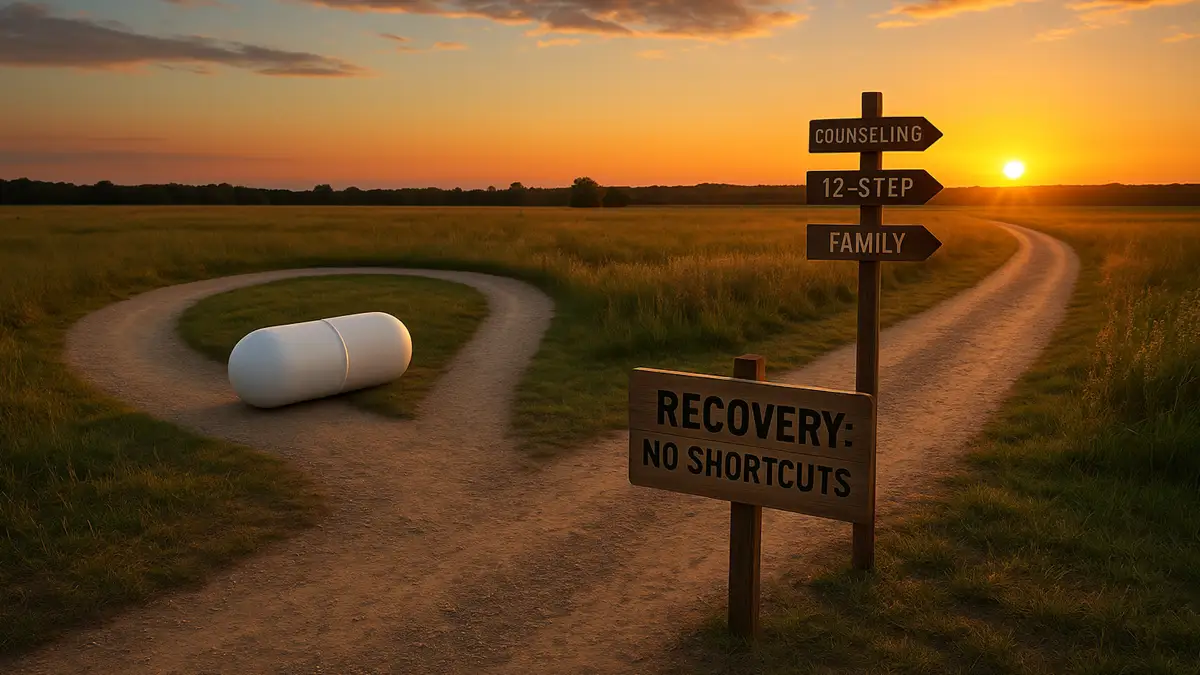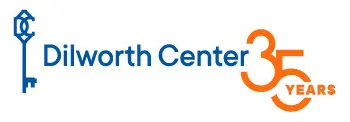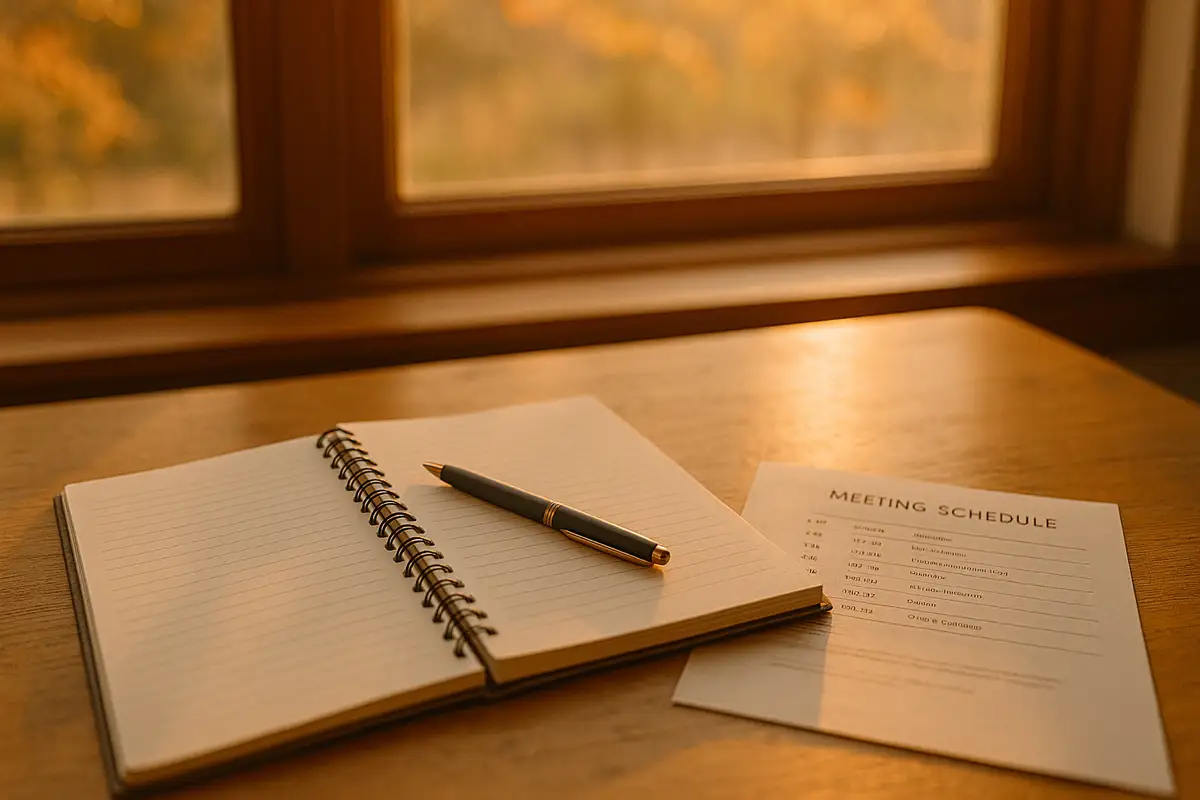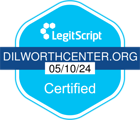May 27, 2025
No Quick Fix: Understanding the Drug Naltrexone in Alcohol Recovery

When people search for a pill that can “turn off” an alcohol problem, the drug naltrexone often tops the list. Approved by the FDA in 1994, naltrexone is an opioid-receptor antagonist that blunts the dopamine and endorphin “rush” alcohol normally triggers in the brain.1 By blocking that chemical reward, it can reduce heavy-drinking days—yet the evidence shows it is only a modest aid and never a stand-alone cure. Dilworth Center embraces science, and as a 12-step-based program, also knows recovery is biological, psychological, social, and spiritual. Here’s what anyone considering naltrexone (or the more controversial Sinclair Method) should understand first.
How Naltrexone Works With Alcohol
Alcohol releases endogenous opioids that reinforce drinking. Naltrexone’s 50 mg oral dose or its once-monthly injection (brand name Vivitrol®) occupies those receptors, making alcohol feel noticeably flatter.1 Because the “buzz” is muted, some people report fewer cravings and less binge intensity, hence keyword searches such as “naltrexone alcohol” or “naltrexone and alcohol.” In practice, the medication is meant to be taken after detox; using it while still physically dependent on alcohol can provoke significant nausea and vomiting.1
What the Research Actually Shows
- Effect size is real but modest. A 2023 JAMA systematic review of 118 trials (20,976 participants) found oral naltrexone (50 mg) lowered the chance of returning to heavy drinking with a Number Needed to Treat (NNT) of 11 and to any drinking with an NNT of 18.2
- Benefits plateau without support. Most studies provided counseling alongside the pill; outcomes were far poorer when medication was used in isolation.3
- Adherence is a weak link. Nearly half of patients discontinue within three months due to side-effects, forgetting doses, or a desire to “feel” alcohol again.2
Bottom line: naltrexone can help some reduce heavy-drinking days, but the majority still drink and many relapse once the prescription ends. There is no evidence it “cures” Alcohol Use Disorder.
Myths About “Low Naltrexone” Dosing
Online forums push “low naltrexone” (LDN) micro-dosing for everything from pain to cravings. For AUD, however, experts note that doses well below 50 mg rarely reach the receptor-blockade threshold needed to blunt alcohol’s reinforcement.2 No major guideline recommends LDN for alcohol treatment, and current SAMHSA materials list only the standard tablet or 380 mg injection as evidence-based.1
Common Side-Effects & Safety Flags
Nausea, fatigue, dizziness, and transient liver-enzyme elevations affect about 5–10 % more patients on naltrexone than on placebo.1 People with acute hepatitis, liver failure, or those requiring prescription opioids should avoid it or use it only under close medical monitoring. Importantly, alcohol’s toxic impact on the liver, heart, and brain still occurs even when its euphoria is blocked.
Dilworth Center’s Perspective: A Tool—Not a Cure
The uses for naltrexone in treating AUD fit the Center’s philosophy when they support, not replace, core recovery work. The Center does not prescribe the medication in-house, but clinicians collaborate with outside physicians for guests who arrive already taking it. Our message echoes the National Institute on Alcohol Abuse and Alcoholism’s original FDA advisory: naltrexone is “a safe and effective adjunct to psychosocial treatments,” not a silver bullet.4
Why Medication Alone Isn’t Enough
Cochrane’s 2020 review of Alcoholics Anonymous and 12-Step Facilitation found these peer-support approaches outperform many professional therapies at achieving long-term abstinence—and at lower health-care cost.5 That’s because recovery is more than chemistry; it is learning new coping skills, repairing relationships, and cultivating a spiritual foundation. A pill cannot make amends or foster genuine human connection.
Key Takeaways
- Naltrexone can reduce heavy drinking but shows only modest overall benefit.
- Effectiveness drops sharply without counseling, 12-step engagement, and lifestyle change.
- No credible evidence supports “low naltrexone” micro-dosing for Alcohol Use Disorder.
- Alcoholism remains a bio-psycho-social-spiritual illness—there is no quick-fix pill.
References
- Substance Abuse and Mental Health Services Administration. “What Is Naltrexone? Side Effects, Uses, Dose & Risk.” 2023. samhsa.gov
- McPheeters M et al. “Pharmacotherapy for Alcohol Use Disorder: A Systematic Review and Meta-Analysis.” JAMA 2023;330(17):1653-65. pubmed.ncbi.nlm.nih.gov/37934220
- SAMHSA. “Medications for Substance Use Disorders.” 2023. samhsa.gov
- National Institute on Alcohol Abuse and Alcoholism. “Naltrexone Approved for Alcoholism Treatment.” 1995. niaaa.nih.gov
- Kelly J, et al. “Alcoholics Anonymous and Other 12-Step Programs for Alcohol Use Disorder.” Cochrane Review, 2020. cochrane.org








